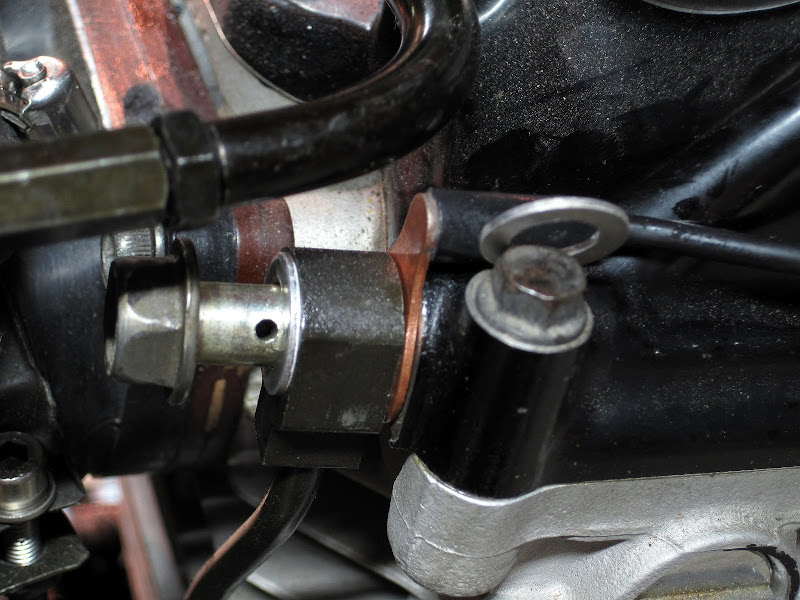The vertical sides will be 9" tall so had to glue up a panel, making sure to note grain direction in the boards

One old trick about jointing mating surfaces is to fold them over and plane them thus:

glue-up and wait. wish I had more large mouth clamps to apply the pressure:

Now the tricky blocking out of the panels to length. That strut of wood interior to the xacto knife and outer carcass piece will be glued to the inside of the carcass and form the opposing cleat surface for the wedge which holds this entire piece together. Need to take it's width into consideration when measuring out the pieces and almost forgot this morning:

Chopping the tails for the carcass joints. Using a J. Krenov influenced layout where the tails are narrower towards the edges:

A lot of cautious sawing, and a few hours later and every joint is chopped out and fitment is tested. Looking actually pretty okay for my level of accuracy. Next step is glue up

















































